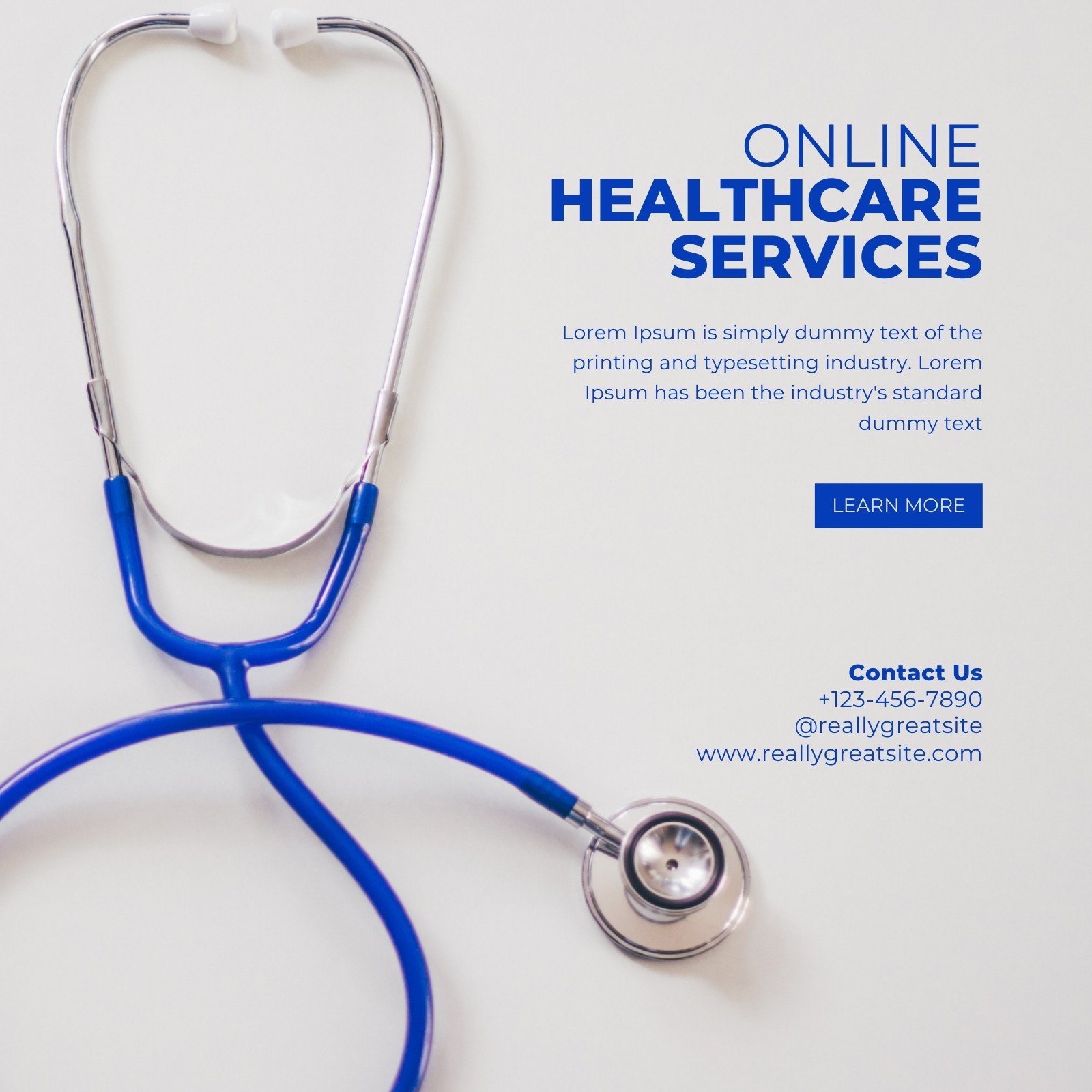Discovering the Growth of Subscription Based Healthcare in the Digital Age
Discovering the Growth of Subscription Based Healthcare in the Digital Age
Blog Article
Understanding the Cost-Effectiveness of Subscription-Based Healthcare Models
As the medical care landscape develops, subscription-based models arise as an engaging alternative, promising to redefine how individuals handle medical expenses. Evaluating these designs' cost-effectiveness demands a nuanced comparison with standard insurance policy, considering both monetary effects and client satisfaction.
Introduction of Subscription-Based Models
Subscription-based health care models, sometimes referred to as direct health care or attendant medication, are progressively obtaining attention as a possible service to ineffectiveness within standard medical care systems. These models operate the concept of offering individuals straight accessibility to doctor with a annual or regular monthly charge, bypassing the demand for standard insurance policy devices. This arrangement intends to simplify patient-provider interactions by minimizing management concerns, which frequently prevent customized and timely treatment.
At the core of subscription-based designs is the emphasis on an extra customized person experience. Clients benefit from boosted access to their doctors, often consisting of same-day or next-day appointments, expanded consultation times, and straight interaction networks such as phone or video clip calls. This version fosters a positive approach to health care, where providers and individuals can collaboratively concentrate on preventative treatment and persistent illness management.

Price Contrast With Standard Insurance

One of the key monetary benefits of registration models is transparency in costs. Clients pay a predictable charge, which can streamline budgeting and economic preparation. Additionally, these designs generally remove co-pays and deductibles for protected services, lowering out-of-pocket costs. Conversely, traditional insurance policy may be much more beneficial for individuals needing specialized treatment or expensive treatments not covered under a membership model, as they gain from the more comprehensive protection network and cost-sharing devices.
Nonetheless, cost-effectiveness is context-dependent. While registration versions might use cost savings for those mostly needing key treatment, people with chronic conditions or specialized medical care demands may discover traditional insurance more thorough. Assessing details health care demands and potential use is essential in establishing the most cost-effective alternative for people.
Impact on Person Satisfaction
Person complete satisfaction within subscription-based health care models often shows a considerable improvement over conventional insurance coverage systems. This improvement is largely associated to the personalized treatment and accessibility these models offer. Patients often report greater satisfaction as a result of reduced delay times and the simplicity of organizing consultations. Unlike typical systems, where individuals might experience delays in getting care, subscription-based models make sure even more prompt and straight communications with doctor.
In addition, the openness in prices related to subscription-based healthcare eases the common frustrations associated to unforeseen fees and complicated invoicing procedures seen in traditional insurance (subscription based healthcare). Patients appreciate understanding the specific financial dedication upfront, bring try this out about raised trust fund and self-confidence in their health care administration
Furthermore, the focus on precautionary care and wellness in registration designs adds to improved wellness end results, additionally improving client complete satisfaction. By concentrating on continuous health and wellness upkeep instead than anecdotal treatment, people experience an even more holistic and constant healthcare trip.
In addition, the boosted provider-patient connection promoted in these designs, defined by more time invested per person and personalized focus, plays an important function in elevating patient complete satisfaction degrees, as individuals really feel truly looked after and recognized.
Provider Experiences and perspectives
From the service provider's point of view, subscription-based healthcare versions offer a transformative approach to supplying clinical services. These models highlight a preventative and proactive health care technique, enabling providers to concentrate on extensive patient care without the restraints of conventional fee-for-service plans (subscription based healthcare). This change in emphasis typically results in improved patient outcomes and increased provider complete satisfaction, as healthcare experts can assign more time and resources to patient engagement and personalized treatment plans
In addition, subscription versions help with predictable revenue streams, which improve financial stability for doctor. This predictability permits enhanced source preparation and appropriation, contributing to an extra effective healthcare shipment system. Service providers can spend in personnel facilities, training, and technology renovations, consequently improving the top quality of treatment supplied.
Nevertheless, the transition to subscription-based designs is not without difficulties. Providers must adapt to new operational frameworks, which can involve substantial changes in billing practices and client management systems. Furthermore, there is a fundamental requirement for robust information management to track person end results and make certain quality care. Regardless of these hurdles, lots of service providers discover that the benefits of enhanced person interaction and structured procedures outweigh the preliminary difficulties, making subscription-based designs an eye-catching option.
Future Potential Customers and Challenges

A primary difficulty is governing compliance, as registration designs must abide by developing healthcare policies and insurance requirements. This necessitates continual adaptation and innovation to special info ensure placement with lawful standards. In addition, integrating these versions right into existing health care facilities can be intricate, requiring considerable financial investments in innovation and training.
There is also the possible risk of developing inequities in medical care gain access to, as subscription versions could prefer those that can afford them, leaving at risk populaces underserved. Addressing this needs thoughtful consideration of pricing methods and subsidy devices to ensure inclusivity.
Verdict
Subscription-based healthcare models offer a practical choice to traditional insurance policy by using economic predictability and transparency, particularly profiting individuals with chronic conditions or constant medical care demands. The cost-effectiveness of these versions is contingent upon individual medical care usage patterns and situations.
Subscription-based medical care models, occasionally referred to as straight primary treatment or attendant medication, are increasingly getting focus as a prospective option to inadequacies within conventional medical care systems. Unlike standard systems, where people may experience delays in obtaining treatment, subscription-based designs make certain even more prompt and direct interactions with healthcare suppliers.
These designs highlight a preventative and aggressive health care technique, permitting carriers to focus on comprehensive client care without the constraints of traditional fee-for-service plans. As these models continue to get grip, they provide the possible to change individual accessibility to care, streamline solution delivery, and maximize medical care costs.Subscription-based medical care models offer a feasible option to conventional insurance policy by using economic predictability and transparency, particularly profiting individuals with persistent conditions or frequent healthcare demands.
Report this page